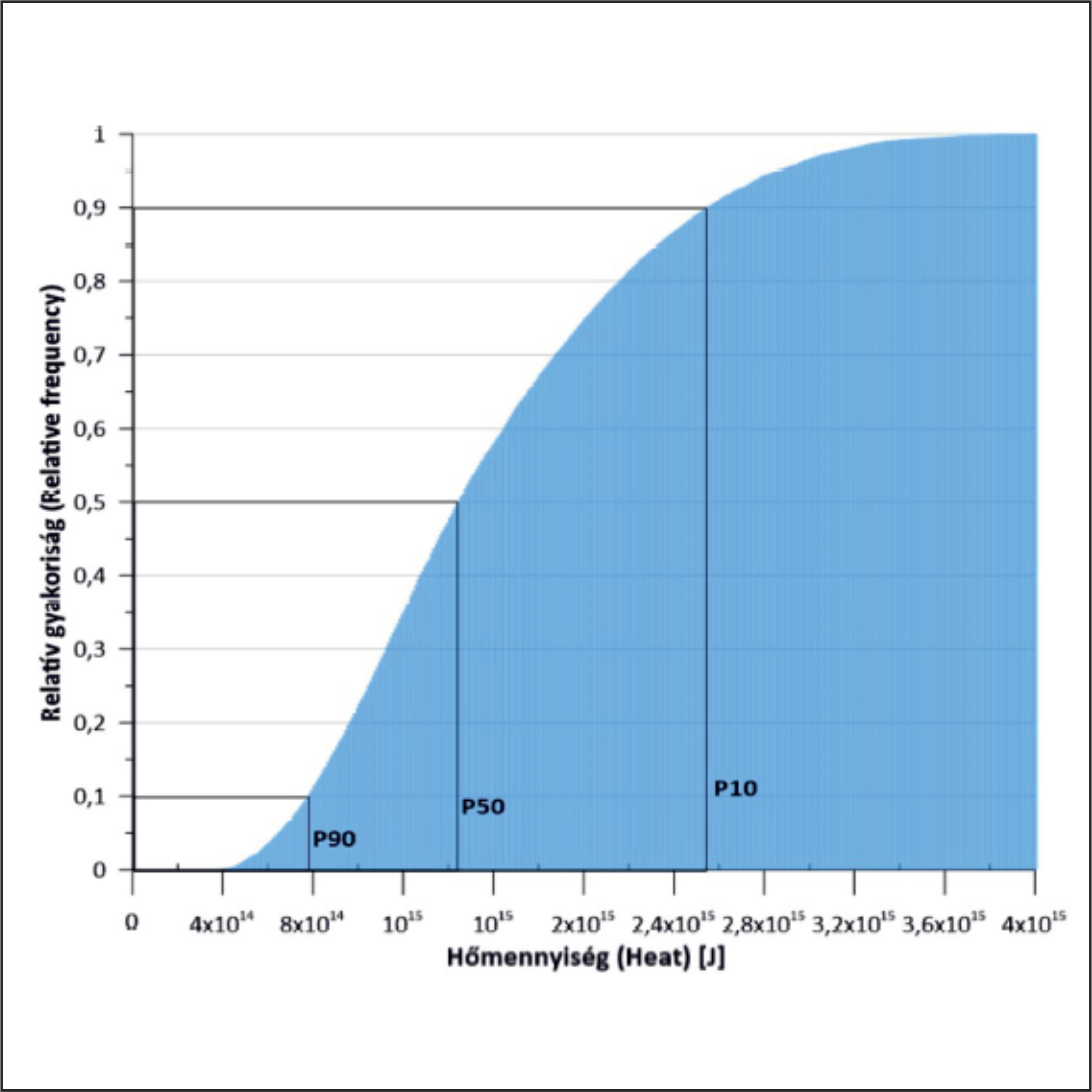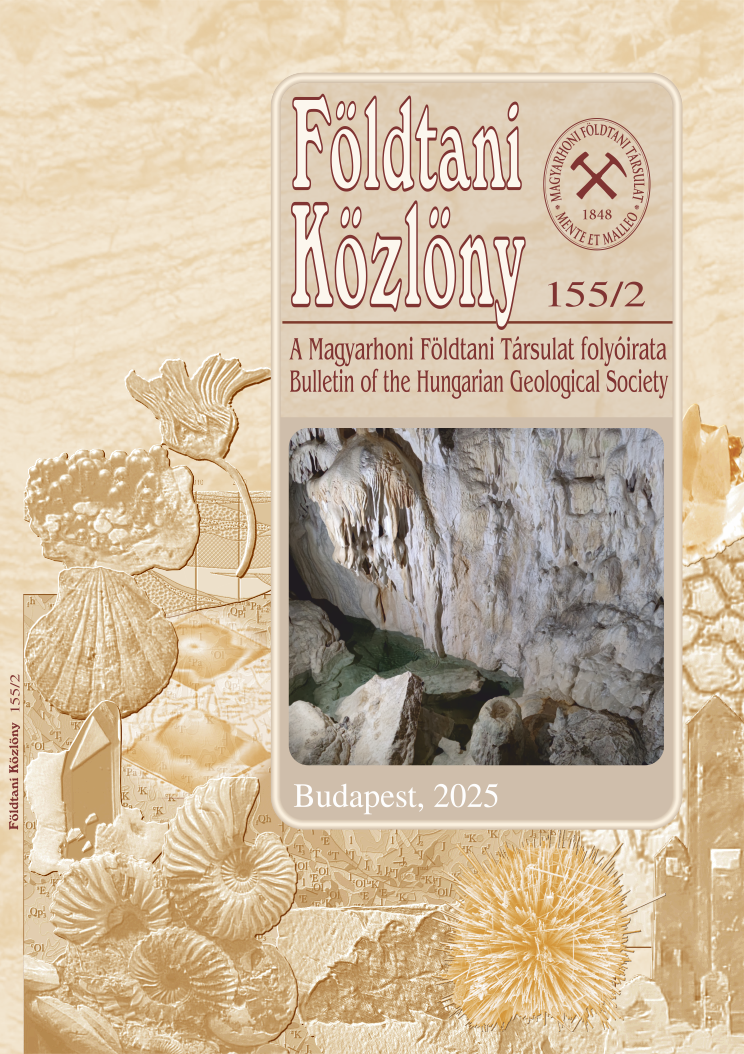The high enthalpy geothermal energy resource of the Battonya–Pusztaföldvár High (Part II): UNFC-2009 code classification in case of well-doublet utilization
Abstract
In the first part of our study (Kun et al, 2022), we presented the geological and hydrogeological characteristics of the fractured preneogene-precainozoic basement of the Battonya-Pusztaföldvár High and a hydrodynamic and heat transport model for geothermal energy utilization. In the present study, using the above-mentioned semi-synthetic equiporous model, the amount of heat that can be extracted by a doublet well was calculated for several scenarios, taking into account the technological constraints. The calculations were performed using the classification framework UNFC-2009 code developed by the United Nations Economic Council for Europe (UNECE 2016a). Uncertainty in the data was accounted for by Monte-Carlo simulation, and the resulting parameter ranges were used to generate fuzzy numbers as inputs to the models. The recoverable geothermal reservoir data obtained with the FEFLOW® finite element modelling software were then compared with the statically calculated values. The difference between the two calculations is half an order of magnitude in favour of the modelled values, which we believe better reflects the expected values than the static resource calculation. In the present study, the UNFC-2009 code geothermal resource classes of the Battonya-Pusztaföldvár-High project was assumed as follows: E3.2, F3.3 and G4. Based on our studies, it was concluded that a reservoir of limited volume, considered as nearly closed, even with optimally located production-recovery well pairs, can be depleted rapidly (up to 20-30 years) if it cannot be connected to a larger system providing continuous heat supply, such as deep fractured systems opening up with neotectonic movements. Our study did not include an accounting of the challenges posed by the composition of the geothermal fluid, nor an analysis of the time-varying processes (geochemical, structural, etc.) of the filtration equipment and well environment, but we are aware that these can all be critical factors in the sustainable operation of a high enthalpy geothermal doublet. We strongly believe that our study makes a useful contribution to the numerical characterization of the real risks of geothermal research and energy utilization, helping the planning of projects from an economic perspective.
















